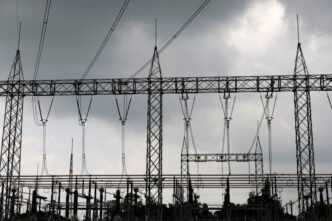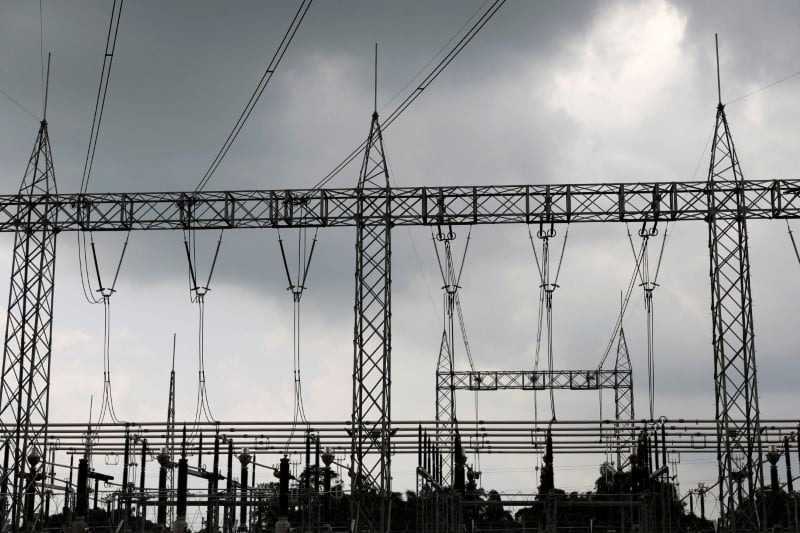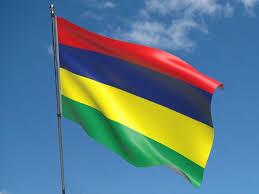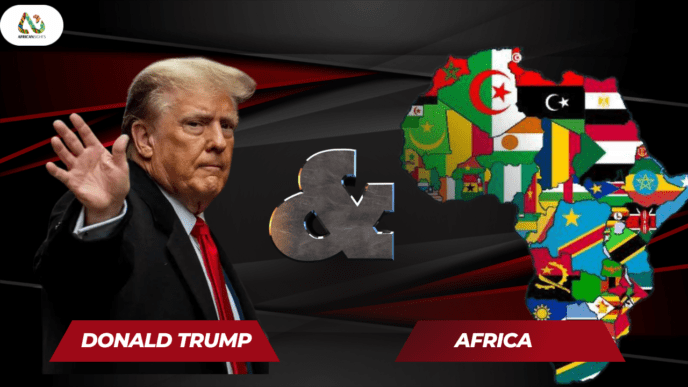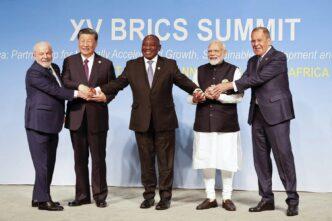In a significant policy shift, the Nigerian government has cut electricity subsidies by 35% following a nationwide hike in electricity tariffs, signaling a move toward cost-reflective pricing in its struggling power sector. The subsidy reduction, which took effect in April 2025, is part of broader economic reforms aimed at reducing public expenditure and improving the financial viability of the energy sector.
The new tariff structure, which sees higher charges for Band A customers—those who enjoy at least 20 hours of electricity daily—has stirred mixed reactions. While the government argues that the reforms are necessary to attract private investment and stabilize the power grid, consumers, especially in urban and semi-urban areas, have expressed concerns over affordability and inconsistent supply.
Nigeria, Africa’s most populous nation, has long grappled with inadequate power infrastructure and mounting debts in the energy sector. By slashing subsidies, authorities aim to ease the fiscal burden on the federal budget, enhance service delivery, and incentivize distribution companies (DisCos) to improve efficiency and accountability.
According to the Nigerian Electricity Regulatory Commission (NERC), the subsidy bill had become unsustainable, with over ₦3 trillion spent annually to cushion electricity costs for consumers. Officials insist that the changes will create a more transparent and performance-based electricity market.
As Nigeria recalibrates its electricity pricing model, the country stands at a crossroads between economic reform and social impact. While subsidy cuts may strengthen the power sector’s long-term prospects, ensuring reliable supply and protecting vulnerable consumers remain critical challenges in the path toward energy transformation.
Read also; Trump Administration to Shut Down Over 30 U.S. Embassies, Many in Africa
